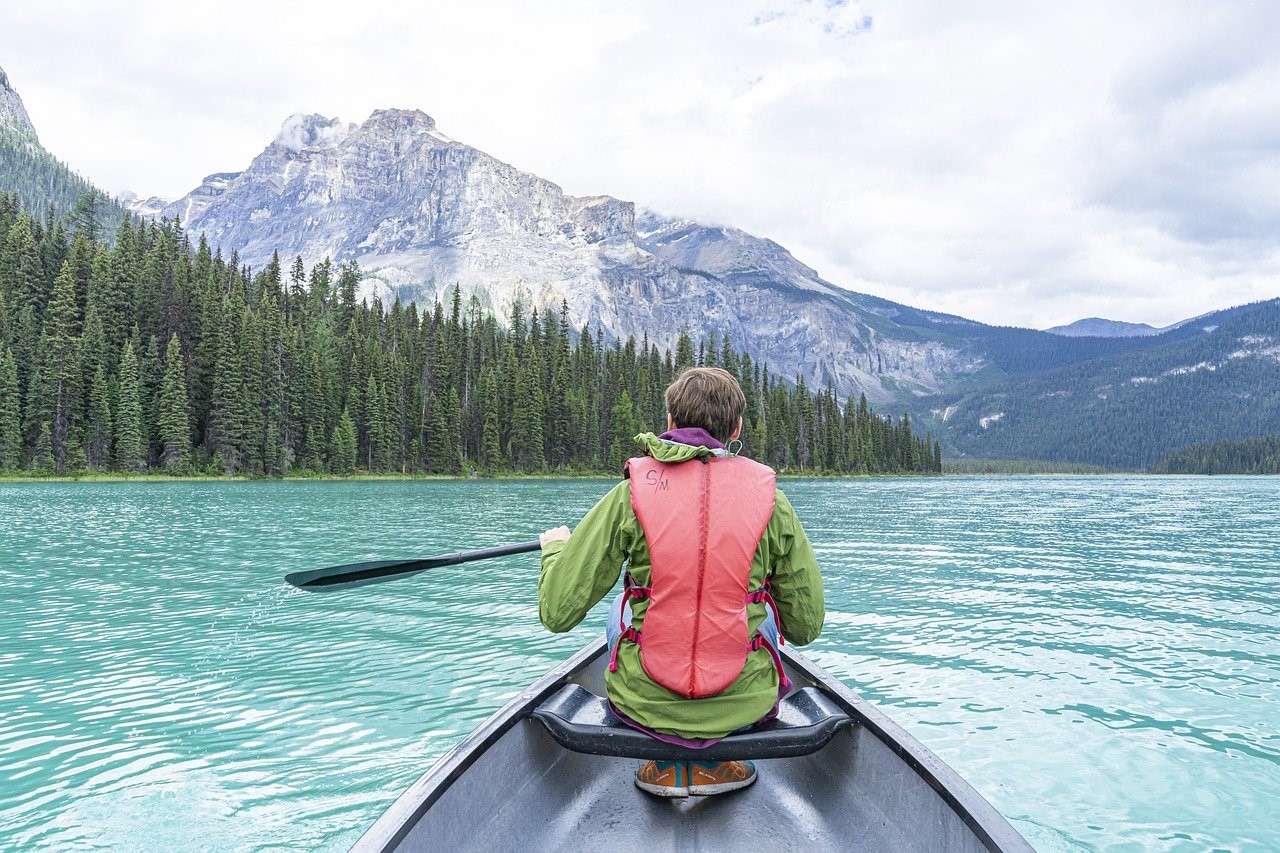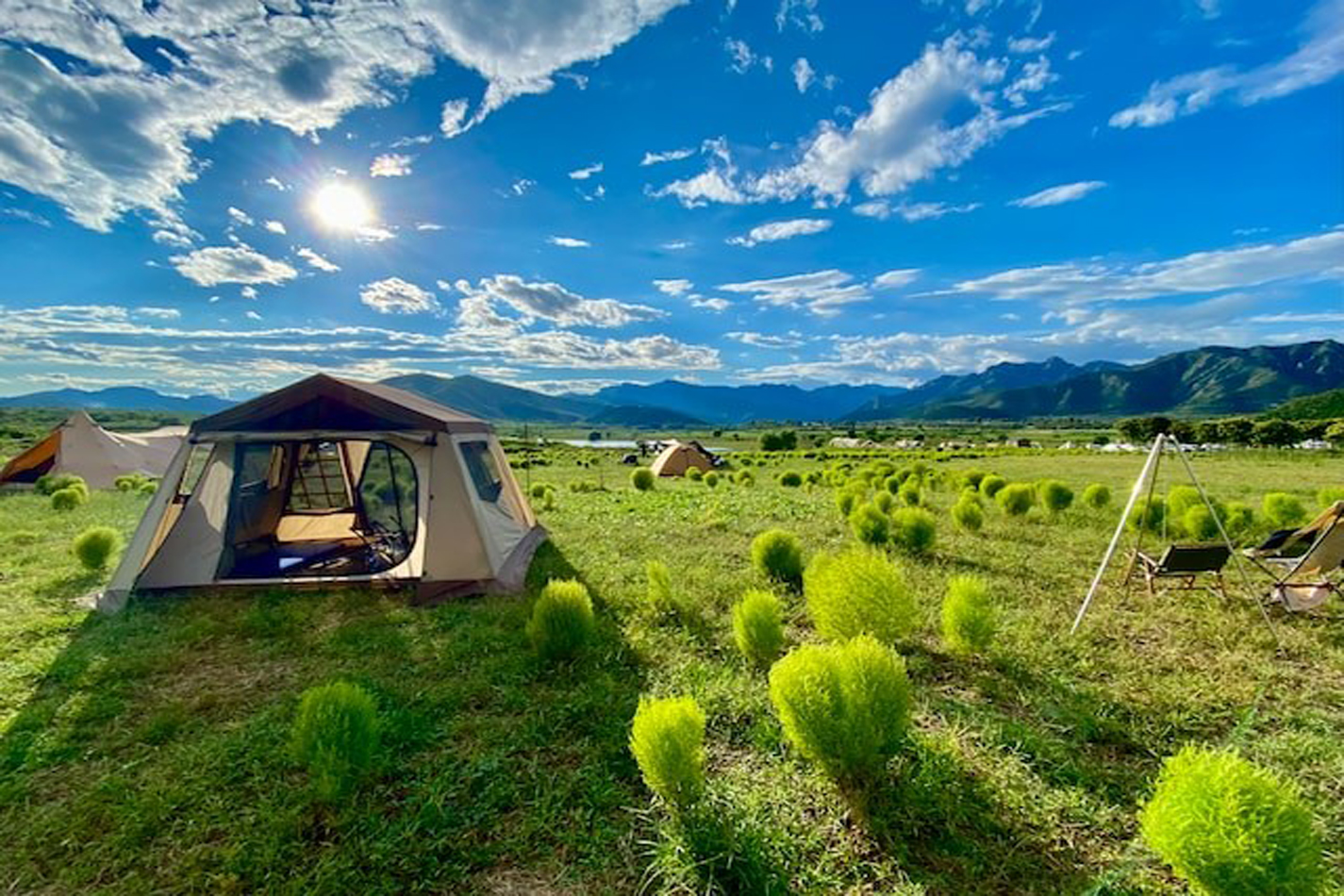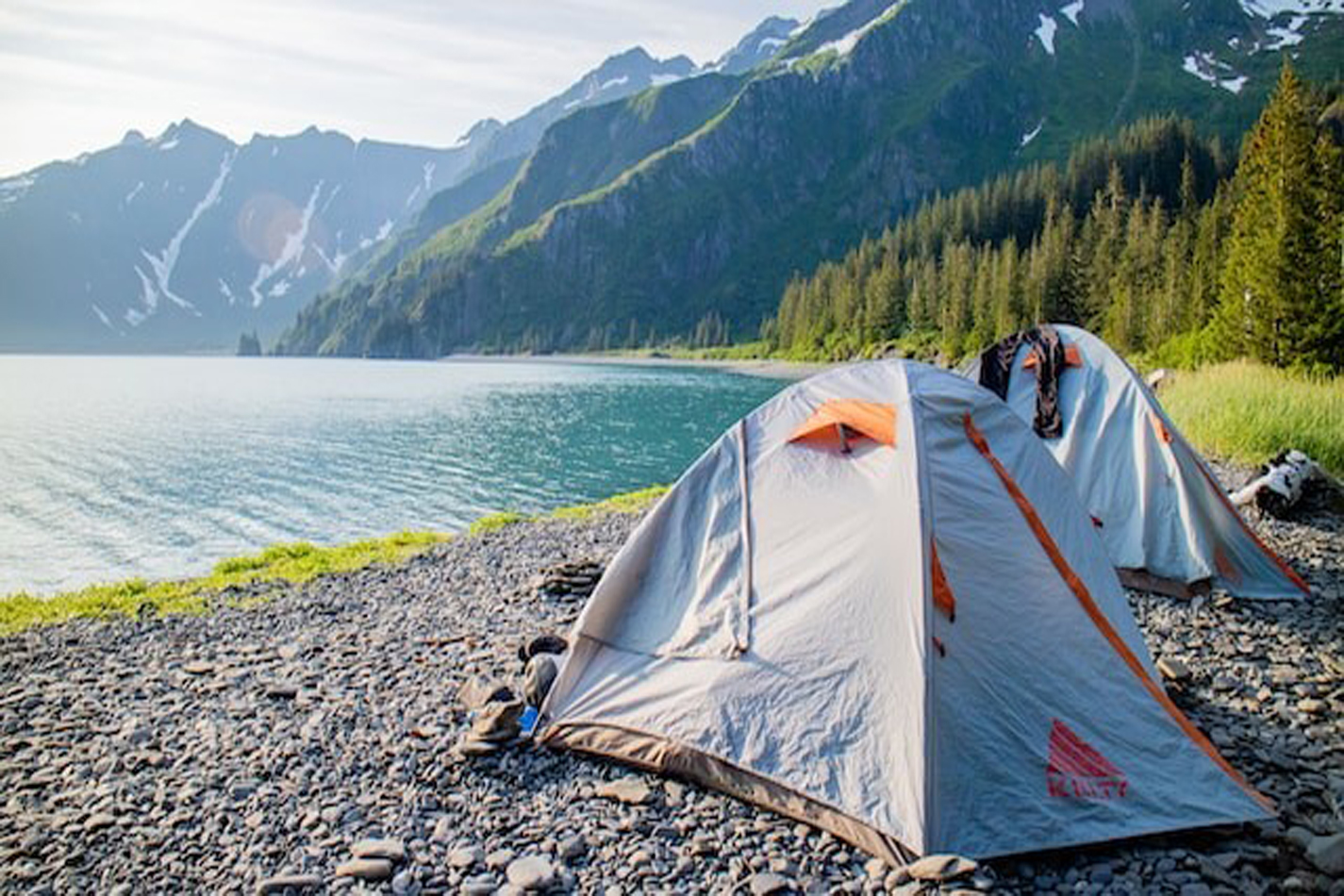Mastering Canoeing Techniques for Ultimate Success
In the world of outdoor adventure and water sports, few experiences can match the thrill of gliding gracefully across the water in a canoe. Canoeing offers a unique blend of physical exertion, communion with nature, and the opportunity to explore uncharted waters. Whether you're a beginner looking to embark on your first canoeing adventure or an experienced paddler seeking to refine your techniques, this comprehensive guide is your ticket to mastering the art of canoeing. Join us as we delve into the depths of this rewarding pursuit and equip you with the skills and knowledge needed to become a canoeing virtuoso.

The Fundamentals of Canoeing
Choosing the Right Canoe
Before you can become a master canoeist, you need the right vessel. Canoes come in various shapes and sizes, each designed for specific purposes. The choice between solo or tandem canoes depends on your preferences and the type of adventures you have in mind. Solo canoes offer greater maneuverability, while tandem canoes provide stability and are ideal for sharing the experience with a partner. Consider the materials used in canoe construction, such as aluminum, fiberglass, or wood, and ensure it suits your intended use.
Securely transporting your canoe to the paddling Destination?
Properly tying your canoe to your car for safe transportation involves essential steps. First, gather the necessary gear, including straps, foam blocks or racks, and padding. Position the canoe securely on the roof rack or foam blocks, ensuring balance. Attach bow and stern lines to prevent forward and backward movement, creating an X-shape for stability. Use cam straps or ratchet straps to secure the canoe to the roof or foam blocks, ensuring even tension. Safeguard against loose strap ends. Before driving, inspect the setup from all angles to ensure it's secure. Finally, drive cautiously, adhering to speed limits and being mindful of the added vehicle height and weight. These steps will guarantee a safe and hassle-free journey to your paddling destination.
Paddles: Your Trusty Companions
The paddle is your interface with the water, and selecting the appropriate one is crucial. Paddle length, blade shape, and material all play pivotal roles in your canoeing experience. Long paddles offer more leverage, while shorter ones allow for quicker strokes. Choose a paddle that complements your strength and paddling style, as this will greatly affect your efficiency on the water.
Getting in: How to Get in to the Canoe
Getting into a canoe for the first time requires a methodical approach. Begin by ensuring the canoe is stable and positioned parallel to the shore or dock in shallow water. Hold your paddle horizontally across the canoe, with one end resting on the opposite gunwale. Stand facing the canoe, with one foot on the shore or dock and the other inside the canoe, maintaining three points of contact for balance. Slowly transfer your weight from the shore or dock foot into the canoe while keeping a low, centered posture. Maintain control and stability as you sit down in the canoe. Adjust your position as needed, grab your paddle, and ensure you're wearing a life jacket before embarking on your paddling adventure. This methodical approach ensures a safe and confident entry into the canoe for beginners.
Perfecting Canoeing Techniques
The J-Stroke
The J-stroke is the cornerstone of efficient canoeing. This stroke combines a forward paddle with a slight steering component, allowing you to maintain a straight course without constant correction. To execute a J-stroke, dip the paddle blade into the water near your hip, then draw it towards the stern in a "J" shape. This stroke minimizes the need for constant switching sides and maintains forward momentum.
The Traditional Forward-Stroke
The traditional forward stroke in canoeing is a fundamental and time-honored technique that enables efficient propulsion and graceful movement on the water. To execute this stroke effectively, one must start by positioning themselves comfortably in the canoe, maintaining proper posture with bent knees and a straight back. Holding the paddle correctly, with both hands gripping it near the blade, and ensuring the concave side faces the paddler, is crucial for control and efficiency. The stroke commences with a gentle reach forward, submerging the paddle blade quietly and smoothly near the toes. Power is generated by pushing the water backward with the paddle while engaging torso muscles and maintaining a vertical shaft. As the hand reaches the hip, the blade is released from the water gracefully. Mastery of this stroke requires practice, with a focus on body movements, balance, and rhythm. Ultimately, the traditional forward stroke is not just a means of propulsion; it's a connection to tradition, a testament to canoeing's elegance, and a pathway to the serene joy of gliding across the water.
For details and complete understanding the forward-stroke (Read)
Portaging Like a Pro
Portaging is an essential skill for any serious canoeist. It involves carrying your canoe and gear over land to bypass obstacles like waterfalls or shallow sections. To ensure a smooth portage, distribute the weight evenly, use proper carrying techniques, and scout the trail ahead for obstacles. Your ability to portage efficiently can make or break your canoeing expedition.
Learn the Low Brace in Canoeing
The low brace in canoeing is a critical technique for maintaining stability and preventing capsizing, especially in challenging water conditions. It involves using your paddle to create downward pressure on the water, countering the canoe's tilt and providing support. To execute it, start from a seated position with a horizontal paddle blade. When the canoe tilts, dip the paddle blade into the water near the canoe's side and apply firm downward pressure. This action stabilizes the canoe and prevents further tipping. Maintain a low posture and centered weight to enhance balance. After regaining stability, smoothly lift the paddle blade and return to an upright position. Regular practice is essential to master this technique and ensure confidence in navigating various water scenarios.
For diving deep inside the Low Brace in Canoeing (Read).
Safety First
Understanding Water Conditions
Before embarking on any canoeing adventure, it's crucial to assess the water conditions. Factors like current speed, wind direction, and water temperature can affect your safety and enjoyment. Always check the weather forecast and familiarize yourself with the waterways you intend to explore. Safety should be your top priority.
Life Jackets and Safety Gear
Never underestimate the importance of safety equipment. Life jackets, also known as personal flotation devices (PFDs), are non-negotiable. Ensure they fit snugly and are in good condition. Additionally, carry essential safety gear, such as a first-aid kit, signaling devices, and a bailer, to handle unexpected situations effectively.
Conclusion
Canoeing is not just a sport; it's a way to connect with nature and experience the serenity of open water. To become a master of the craft, you must hone your skills, understand your equipment, and prioritize safety. With the knowledge and techniques provided in this guide, you are well on your way to surpassing your canoeing goals and making a lasting connection with the beautiful waters that await your exploration. Happy paddling!
Remember, becoming an expert canoeist takes time and practice. While this guide provides a comprehensive overview of canoeing, there's no substitute for getting out on the water and gaining firsthand experience. So, grab your paddle, secure your life jacket, and embark on a canoeing journey that will fill your life with adventure, tranquility, and unforgettable memories.



